Climate change hasn’t been forgiving, and its impact can be easily witnessed in coastal regions. As sea levels continue to rise worldwide, many islands are set to experience extinction by underwater submersion. While it is a slow process, many of the world’s famous islands can disappear by the end of this century.
Let’s explore the 12 most popular islands most vulnerable to sinking due to the rising sea levels.
Palau
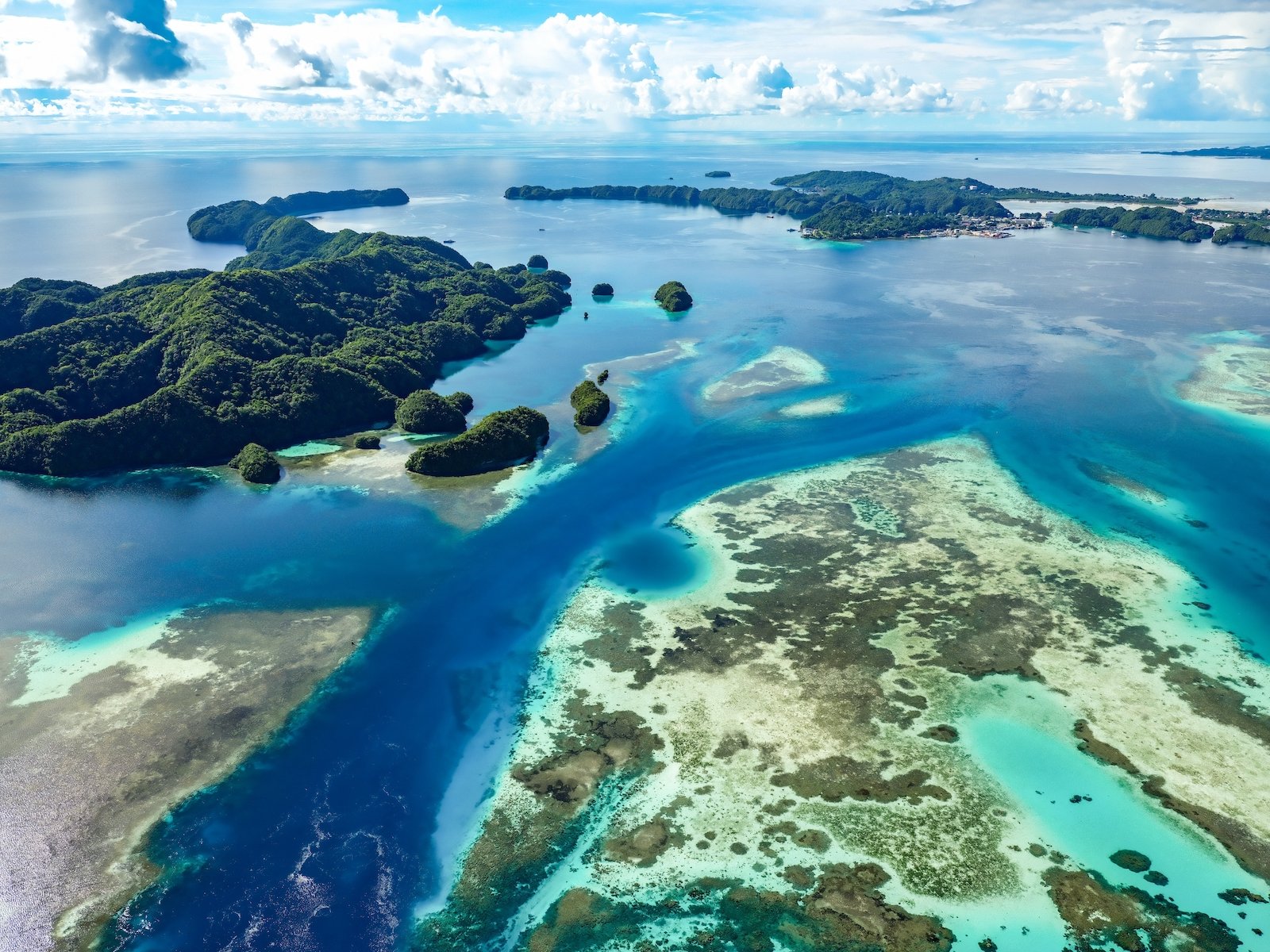
Palau is one of the most vulnerable island nations that can lose its identity to the rising sea levels. The nation’s office of climate change has revealed that Palau could witness a sea level rise of 1.4 to 6.4 feet by 2100, bringing its existence in danger. Some even predict the sea level rise will cross the 10 feet mark, submerging the entire island in the coming decades.
Seychelles
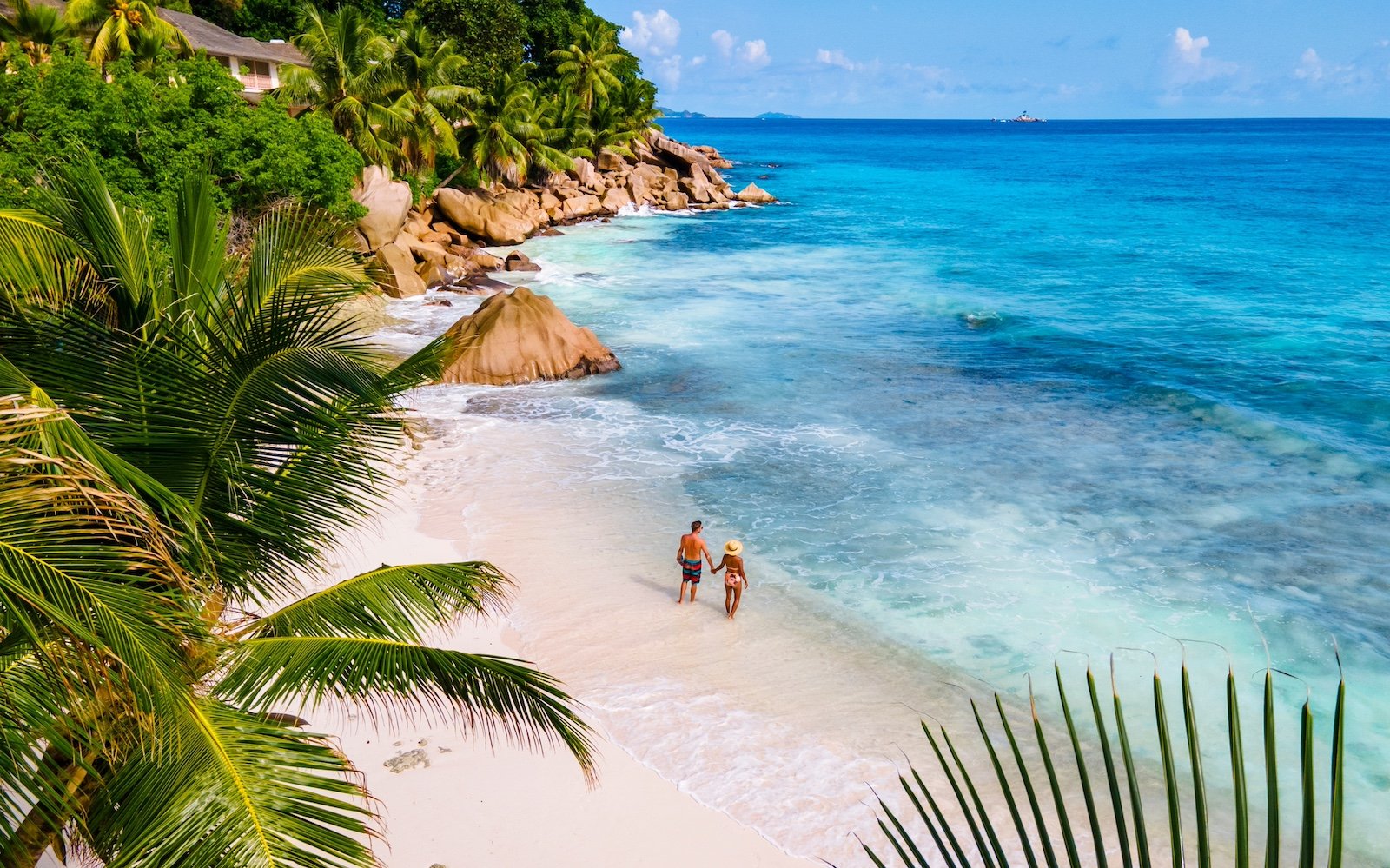
Seychelles is among the top tropical holiday destinations for many, but this island nation may cease to exist in the coming decades. The nation’s meteorological authority has confirmed that the sea level is rising by approximately 3 mm every year in Seychelles, which is much higher than the previous estimates. People in Seychelles have already started witnessing the effects of rising sea levels, which are resulting in land loss.
Canary Islands

These islands face a greater risk of extinction because of the rising sea levels. A study assessed the sea level trend over the past years and found that sea levels rose by 8.42 cm during the 27-year research period. If the same trend continues, sea levels will reach 18.10 cm by 2050, submerging parts of the island. Such a drastic sea level increase will negatively impact the coastal dynamics.
Micronesia
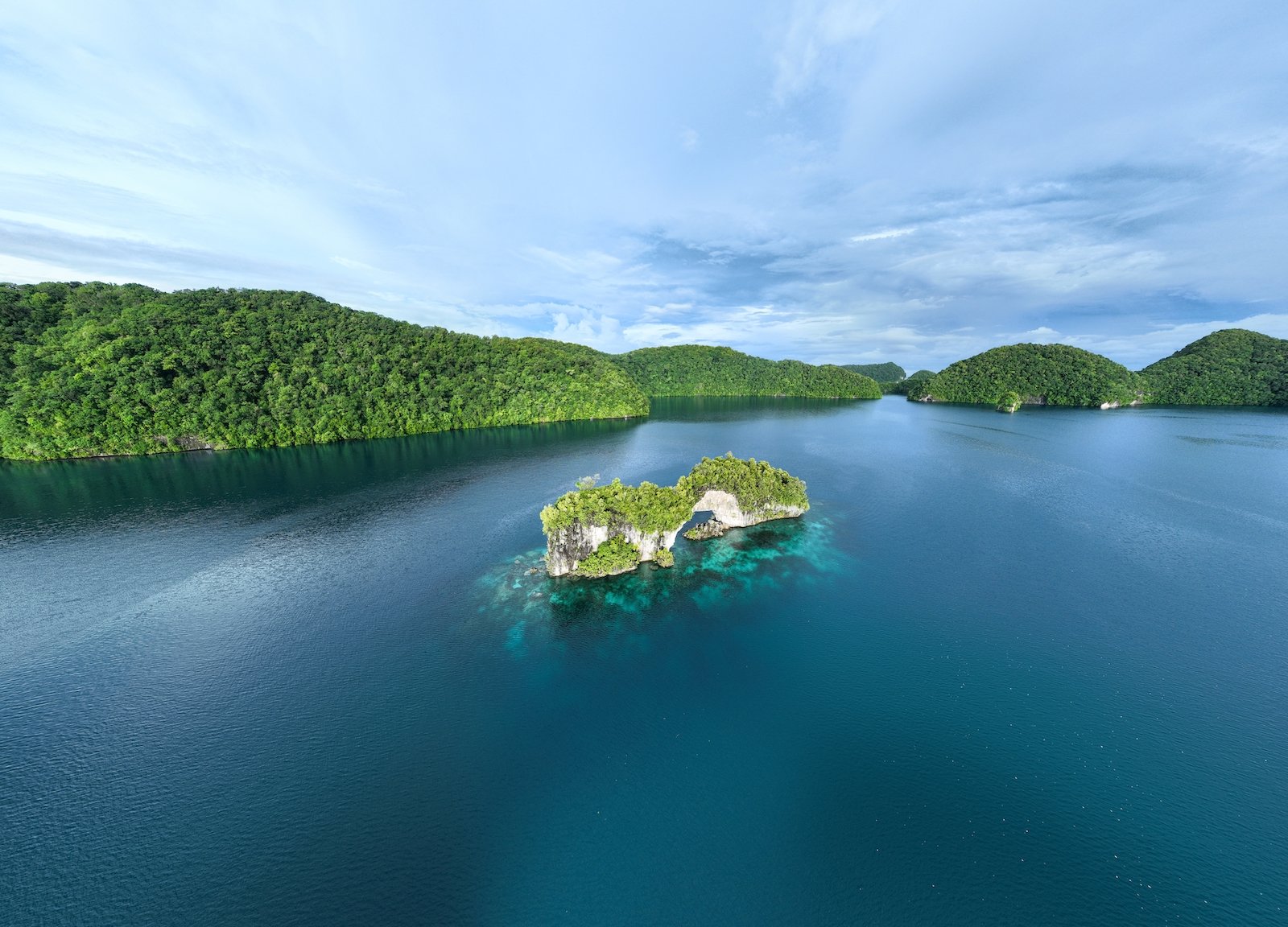
Located in the Pacific Ocean, Micronesia is one of the many islands vulnerable to the adverse effects of rising sea levels. Climate change has already caused severe coastal flooding and erosion, which will worsen with each further rise in sea levels. Radiocarbon dating revealed an increase in sea levels by 4.3 meters in the past several decades. If the sea level continues to rise by such drastic levels, Micronesia may submerge under water in this century or even faster.
Solomon Islands
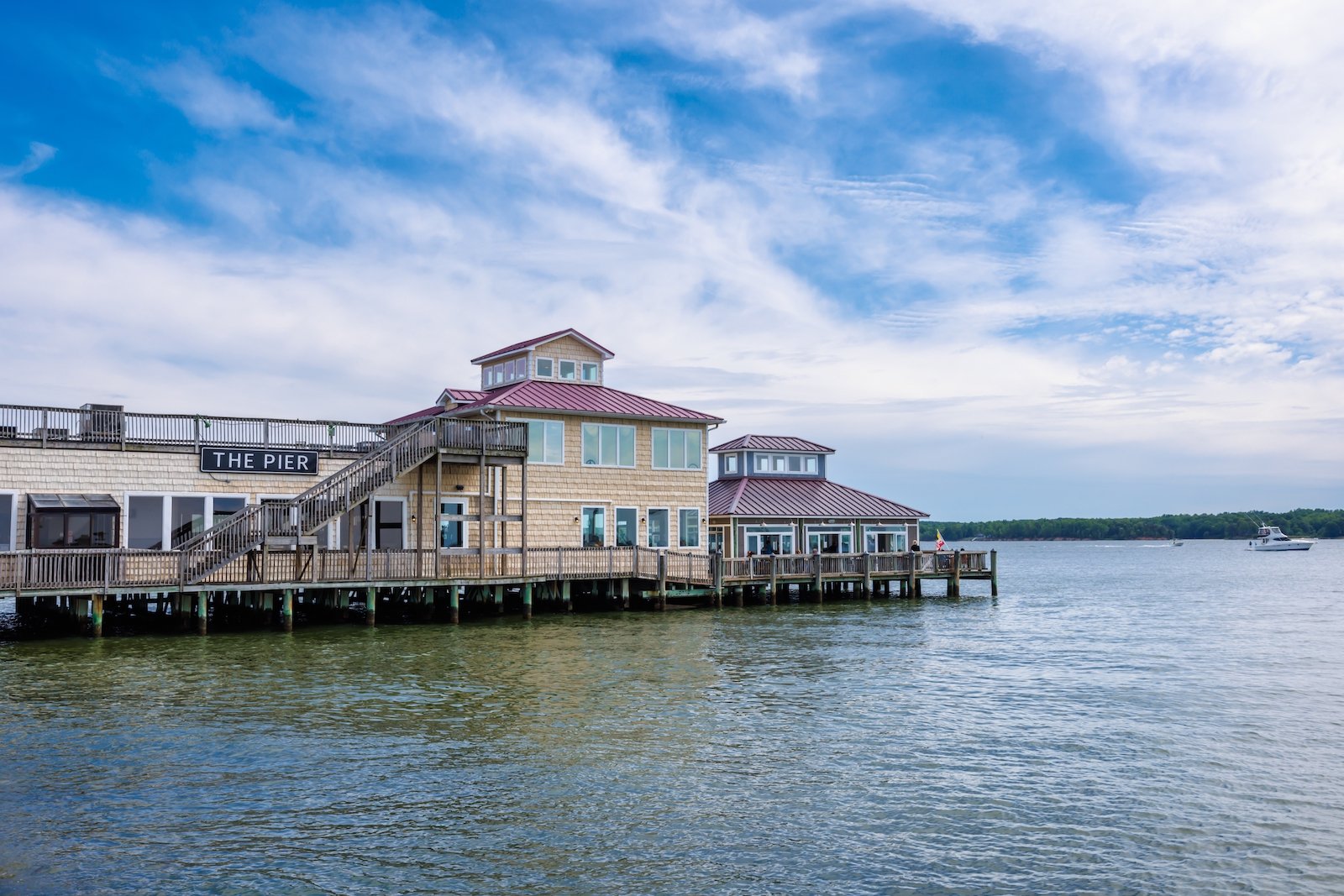
The Solomon Islands has been a hotspot for rising sea levels. Researchers have recorded a sea level rise of 7-10 millimeters per year in this region, which is three times higher than the global average. It has resulted in severe coastal erosion, with five uninhabited islands already submerging under water. A further increase in sea level may cause the entire island to sink within this century.
Maldives

Maldives is a low-lying country, making it one of the most vulnerable islands to the severe challenges of rising sea levels. While the island nation is trying to secure it from all fronts, it may not succeed. The sea levels in Maldives are projected to rise by 1.5 feet, making the country fully submerged underwater by 2100. Approximately 80% of the country may become uninhabitable by 2050 because of the rapid pace of rising sea levels.
Fiji
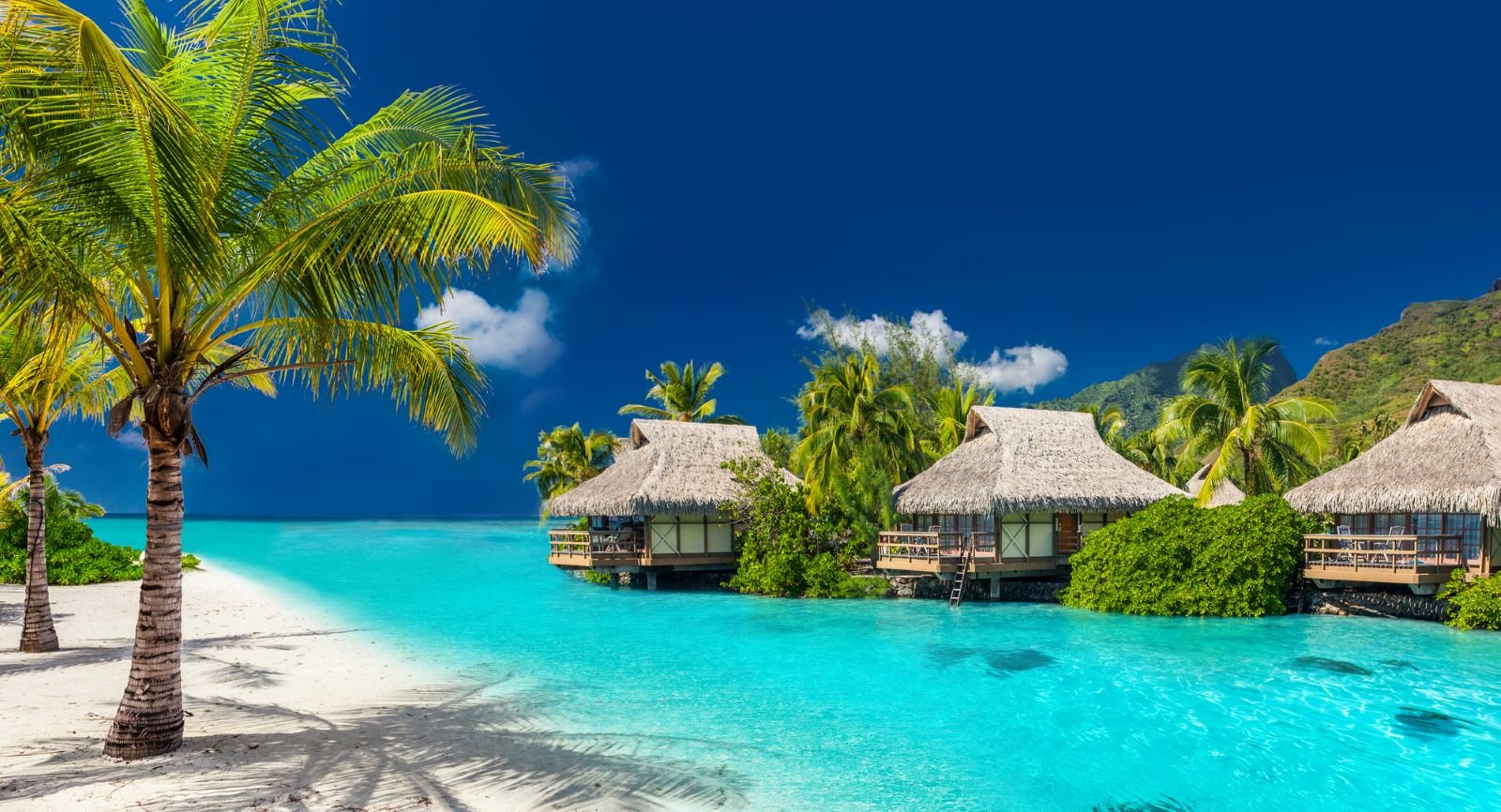
The rising sea levels are set to affect Fiji in numerous ways, such as coastal erosion, coastal inundation, etc. However, the worst-case scenario is that Fiji will sink because of the constantly rising sea levels. The country has seen a 6 mm rise yearly in sea level since 1993, which is significantly higher than the global average. If this trend continues, Fiji may cease to exist within this century. A significant portion of its land may become unfit for living in the coming decades, followed by entire submersion in seawater.
Tuvalu

This beautiful island nation is experiencing rapid sea level rise, which, if not tackled, could lead to its extinction. The existing sea level in Tuvalu is 6 inches higher than it used to be 30 years ago. The region is witnessing an average increase of 0.2 inches to 5 millimeters per year, and it is expected to double by 2100. Researchers believe Tuvalu’s sea level is 1.5 times faster than the global average. Many low-lying lands in Tuvalu can submerge underwater as the sea levels reach the projected 8 inches level by 2050. The entire island can sink by the end of the century as the sea level increases by 20 to 40 inches.
Kiribati

Kiribati may become the first country to sink because of rising sea levels. This island nation has seen a 3.2 mm increase in sea levels yearly since 1993, and it will continue rising yearly. Since the country’s entire territory is below 2 meters above the sea level, the rising sea levels will become catastrophic for the region. Kiribati may entirely sink by 2100.
French Polynesia

French Polynesia is a tropical paradise that may disappear by the end of this century. Sea levels have been rising in this region in the 5 mm to 11mm range yearly. If the trend continues, many of its citizens may become the world’s first climate refugees. If the projected sea levels rise by 1.05 meters, the country may submerge underwater by 2100.
Tangier Island
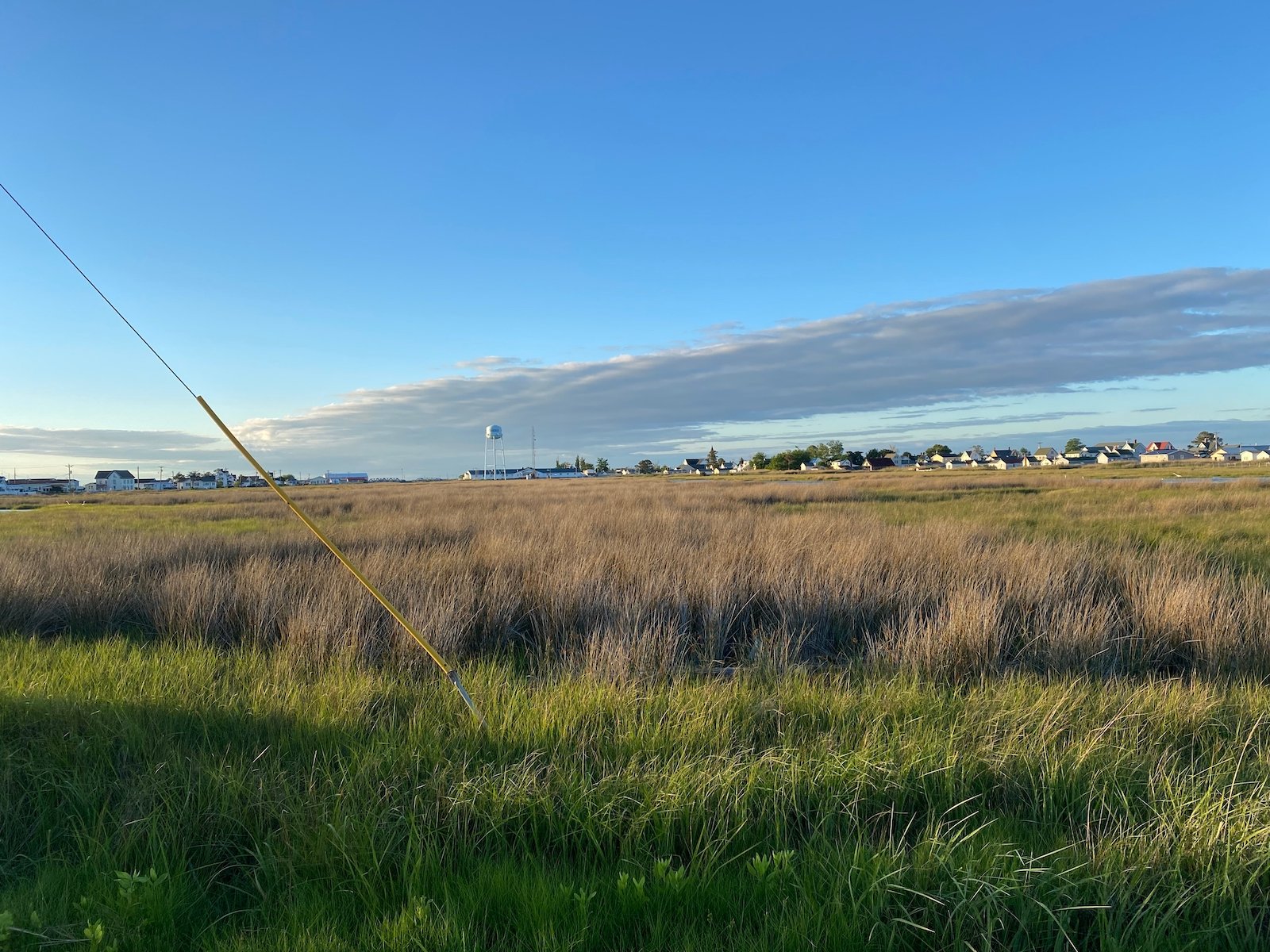
Securely nestled in the middle of the Chesapeake Bay, this remote island is facing the threat of extinction because of rising sea levels. The sea level in Tangier Island is projected to increase by 10-12 inches on average in the coming 30 years, i.e., by 2050. The levels could reach dangerously high levels and cross the 1.8-meter mark by 2100, sinking a significant portion of its land.
Shishmaref, Alaska
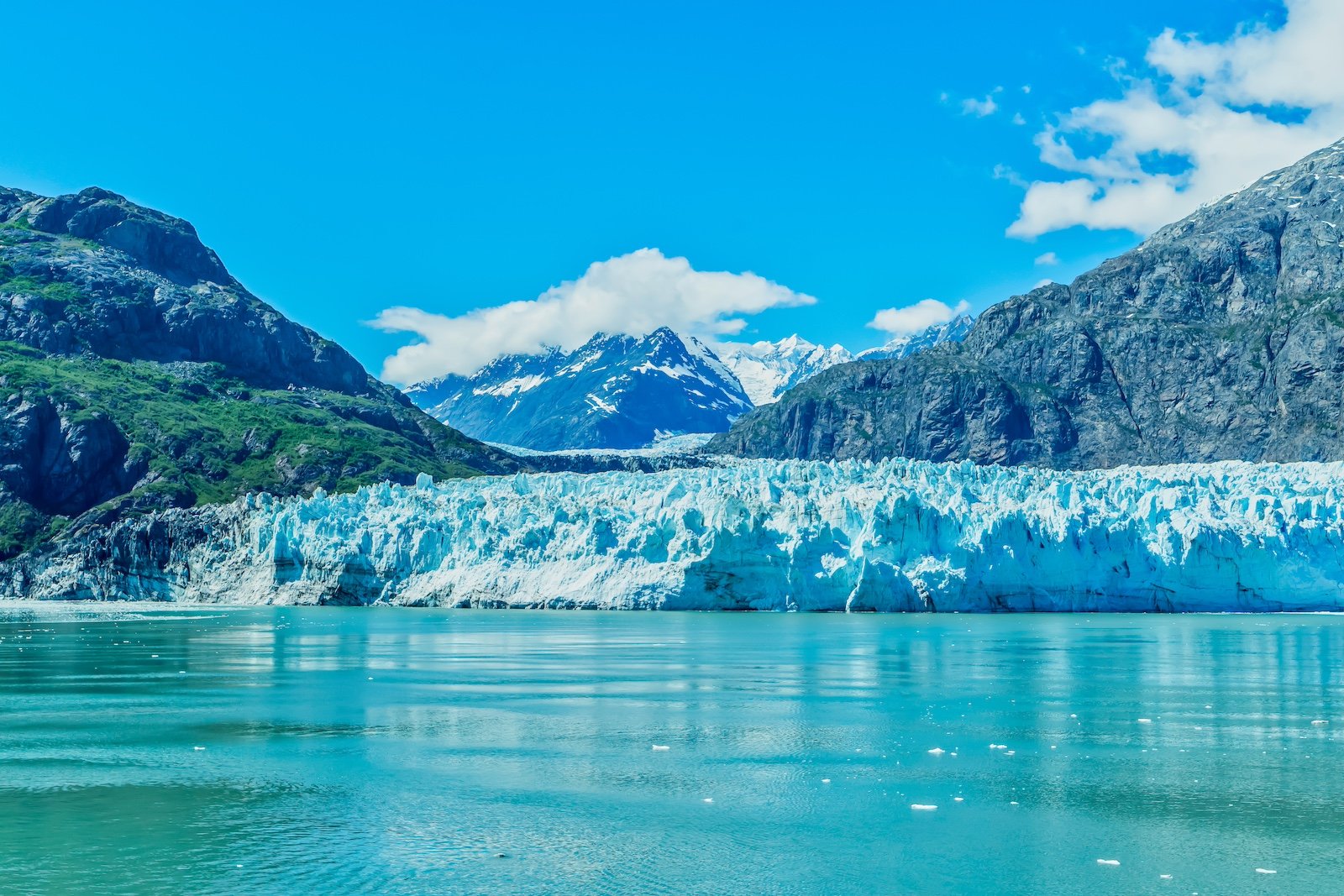
Shishmaref in Alaska is another famous island that is expected to sink because of rising sea levels by the end of this century. Most of Alaska’s north coast has already eroded at an average of 1.5 meters every year between the 1940s and early 2000s, and things will get worse as the sea levels continue to rise. Climate change effects, like rising sea levels, have already submerged 200 feet of land, and the remaining could be gone by 2100.


